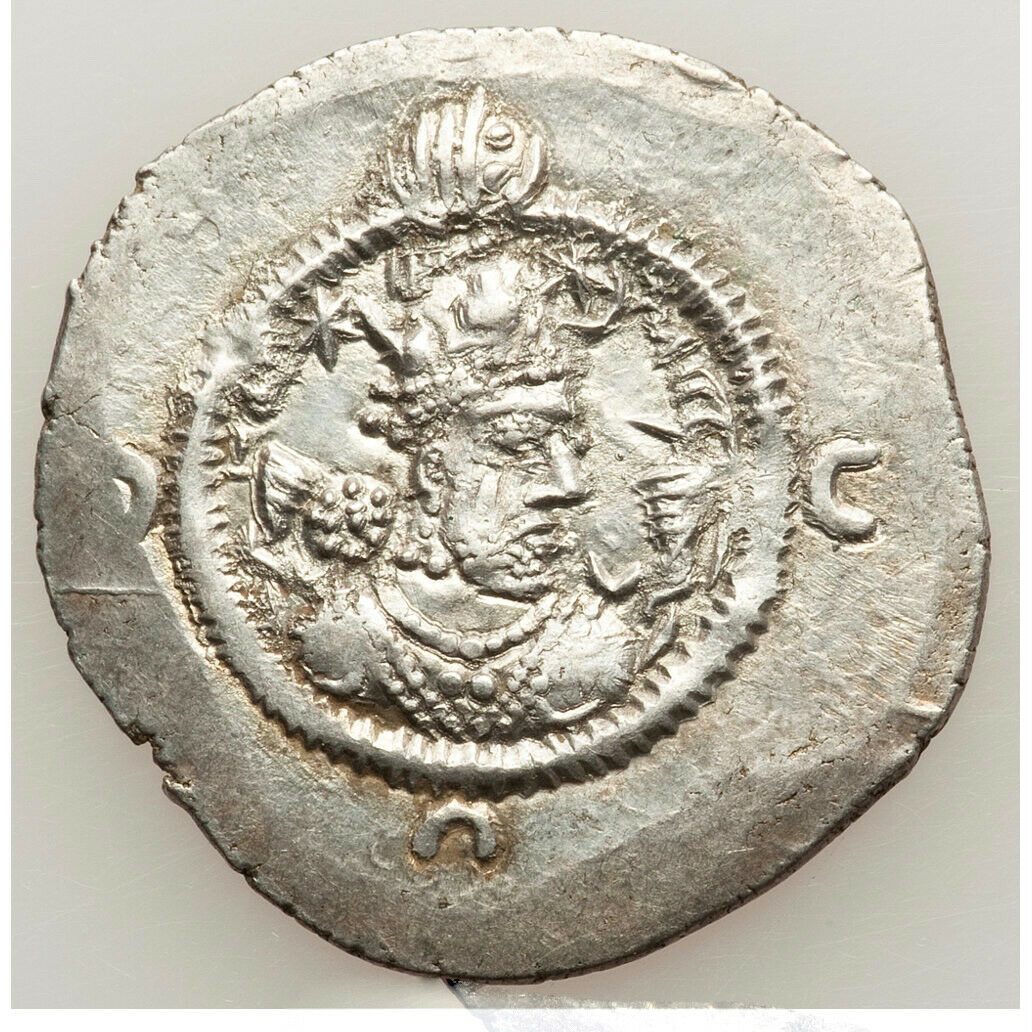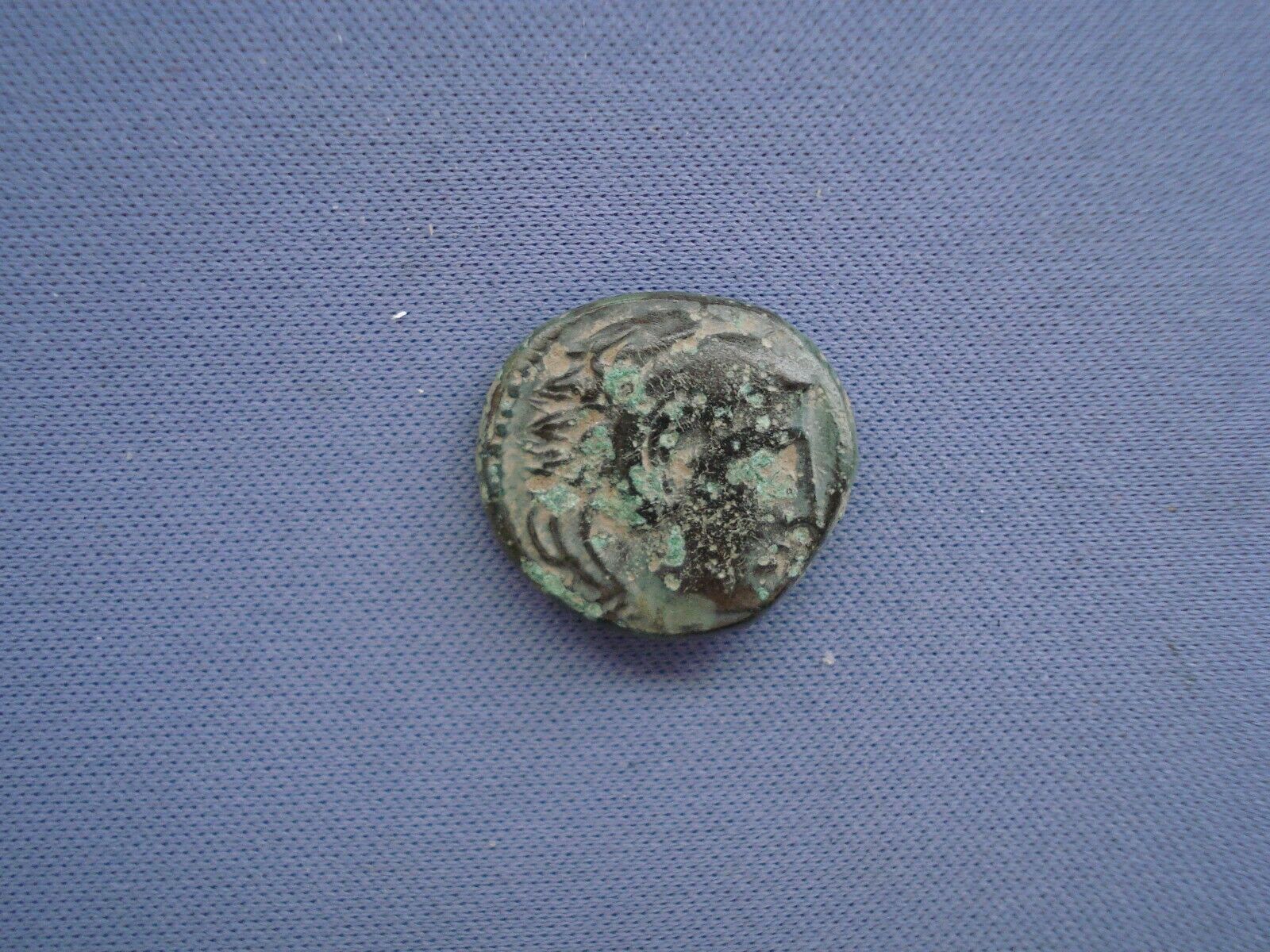-40%
590-628AD Sasanian Empire Khosrow II, AR drachma
$ 102.96
- Description
- Size Guide
Description
Ancient Coins Guaranteed AuthenticI offer 30-day no questions asked free returns!*‡‡
All Shipping Combined
Free Domestic Shipping
International Shipping Free For Purchases over ,000
The Sassanian Empire
The Sasanian Empire (/səˈsɑːniən, səˈseɪniən/), officially known as the Empire of Iranians (Middle Persian: 𐭠𐭩𐭥𐭠𐭭𐭱𐭲𐭥𐭩 Ērānshahr),[a] and called the Neo-Persian Empire by historians,[10] was the last Persian imperial dynasty before the arrival of Islam in the mid seventh century AD. Named after the House of Sasan, it endured for over four centuries, from 224 to 651 AD, making it the longest-lived Persian dynasty.[2][11] The Sasanian Empire succeeded the Parthian Empire, and reestablished the Iranians as a superpower. For the next four hundred years, it would be recognized as one of the leading world powers in late antiquity, alongside its neighbouring arch-rival, the Roman-Byzantine Empire.[12][13][14]
The Sasanian Empire was founded by Ardashir I, a local Iranian ruler who rose to power amid the Parthian's weakening grip on power. After defeating the last Parthian shahanshah, Artabanus IV, in the battle of Hormozdgan in 224, he established the Sasanian dynasty and set about expanding Iran's dominions. At its greatest extent, the Sasanian Empire encompassed all of present-day Iran and Iraq, stretching from the eastern Mediterranean (including Anatolia and Egypt) to Pakistan, and from parts of southern Arabia to the Caucasus and Central Asia. According to legend, the vexilloid of the Empire was the Derafsh Kaviani.[15]
The period of Sasanian rule is considered to be a high point in Iranian history,[16] and in many ways was the peak of ancient Iranian culture before the Muslim conquest and subsequent Islamization of Iran. The Sasanians' cultural influence extended far beyond the empire's territorial borders, reaching as far as Western Europe,[17] Africa,[18] China and India.[19] The empire played a prominent role in the formation of both European and Asian medieval art,[20] and became the basis for much of Islamic culture, influencing art, architecture, music, literature, and philosophy throughout the Muslim world.[21]












